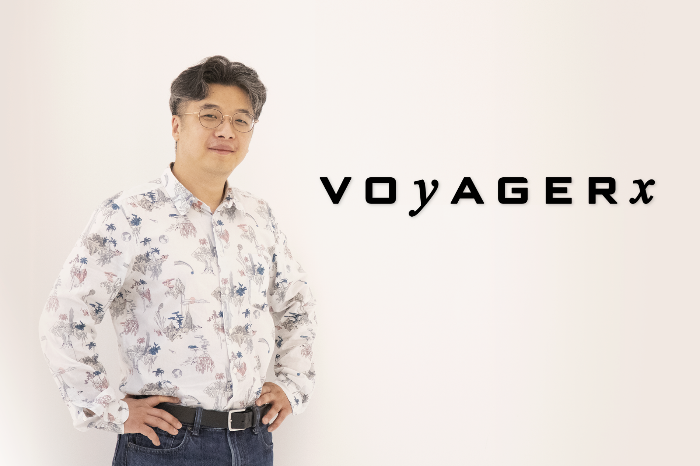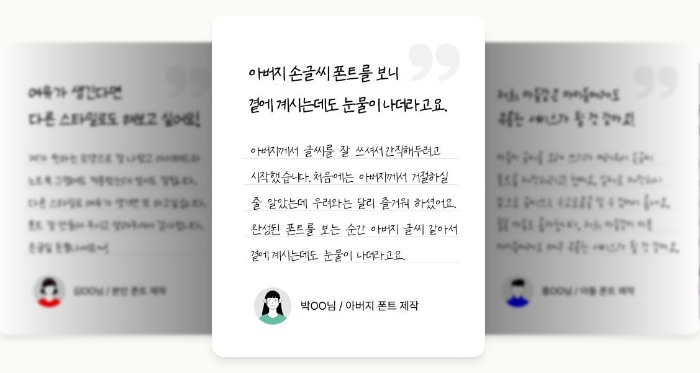Voyager X plans to beat conglomerates by executing weird, unique ideas
Once touted as a teen prodigy, Nam Se-dong returns with his own AI startup Voyager X, which currently has three main products
By Jul 31, 2022 (Gmt+09:00)
LG Chem to sell water filter business to Glenwood PE for $692 million


Kyobo Life poised to buy Japan’s SBI Group-owned savings bank


KT&G eyes overseas M&A after rejecting activist fund's offer


StockX in merger talks with Naver’s online reseller Kream


Mirae Asset to be named Korea Post’s core real estate fund operator



Voyager X is a relatively new artificial intelligence (AI) startup in South Korea.
Its founder Nam Se-dong, however, has been a well-known figure in the country’s startup ecosystem since he was a teenager.
Nam founded Voyager X in 2017.
At just 18, Nam was touted a "gifted young adult” for developing the web-based chat service Say Club as an intern at Neowiz in 1998.
After moving to Naver Corp., he developed B612, a photography app that boasts 300 million downloads.
“The only way for startups to beat conglomerates is to execute as many ‘acute’ ideas as possible,” Nam told The Korea Economic Daily, elaborating that seems weird and wild ideas must be considered.
Nam has said on numerous occasions that he looks up to Chung Ju-yung, the late founder of Hyundai Group. So it’s no surprise that his business philosophy takes after Chung’s.
“Hey, have you tried?” was one of many notable quotes Chung left behind.
The business magnet asked that question rhetorically whenever his partners and employees urged him to reconsider a business idea that was unprecedented or deemed highly unlikely to succeed.
The current portfolio of Voyager X contains three apps, with the mobile PDF scanner vFlat launched in 2019 being the most popular.
Its first product was Vrew launched in 2018, an automated video editor; and the latest is Ownglyph, which creates a font from a person’s handwriting, launched in 2020.
“Turning one’s handwriting into a font is unchartered territory,” Nam said. “Conglomerate are unable to think of something quite as weird.”

Voyager X only executes on projects that can push out a prototype within two weeks and can be serviceable in six months.
Nam explained that because any idea has about a 99% failure rate, it is best not to waste too much time on one but rather try as many as possible.
The startup is currently preparing for the launch of an app that helps its users see how they’ll look after a trip to the hairdresser.
So far, 17 out of 20 projects that Voyager X has tried haven't made it to market adoption.
But as Nam says, “It’s like with movies, you can't be sure if it’ll be a blockbuster hit just by looking at the script.”
Write to Lan Heo at why@hankyung.com
Jee Abbey Lee edited this article.
-
 Korean startupsS.Korean startup Time Percent gives power to digital asset investors
Korean startupsS.Korean startup Time Percent gives power to digital asset investorsJul 29, 2022 (Gmt+09:00)
1 Min read -
 Korean startupsFive startups join the ranks of unicorns in the first half of this year
Korean startupsFive startups join the ranks of unicorns in the first half of this yearJul 22, 2022 (Gmt+09:00)
1 Min read -



